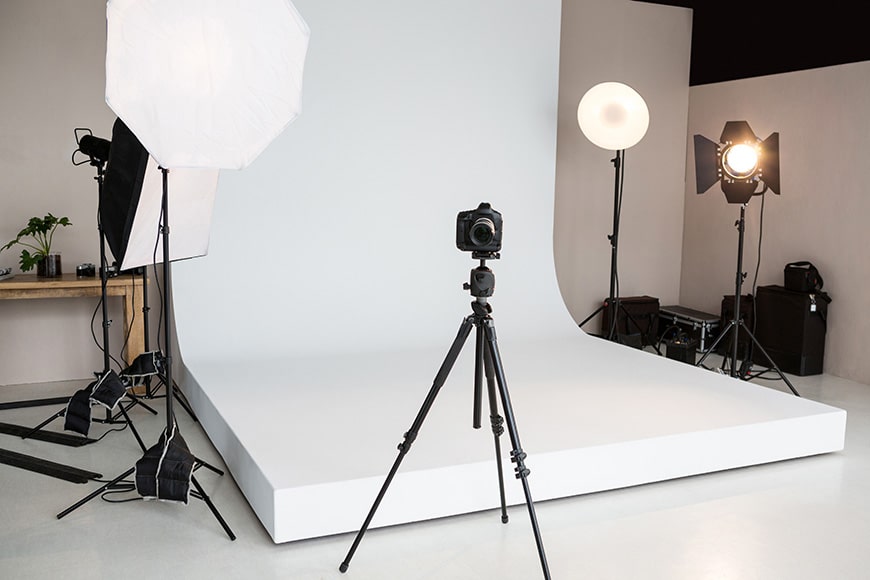What is Top Lighting in Photography and Why It Matters?
When delving into the intricacies of photography, one term that often surfaces is **'top lighting'**. But what is top lighting in photography? For professional photographers, understanding this lighting technique is essential for enhancing their photographic skills. Top lighting refers to a **lighting** setup where the light source is positioned directly above the subject, creating a distinct and powerful effect.
This unique perspective can transform ordinary images into captivating visual stories. By strategically positioning your light source overhead, you can control shadows and highlights, ultimately influencing the mood and depth of the shot. In this article, we explore the various facets of top lighting, its applications, and tips for achieving the best results.

The Fundamentals of Top Lighting
To grasp what is top lighting in photography, its crucial to comprehend some basic principles of lighting. Light plays a pivotal role in **photography**. Its impact is seen in exposure, color balance, and overall ambiance. Top lighting is often used in fashion, portrait, and product photography due to its ability to create dramatic effects. Understanding how to manipulate light can set your work apart.
Related Techniques in Top Lighting
- Natural Top Lighting
- Artificial Top Lighting
- Mixed Lighting Techniques
Each of these techniques brings its own advantages and challenges. For instance, natural top lighting often relies on sunlight, providing a softer, more diffused effect, while artificial lighting allows for greater control and manipulation.

How to Utilize Top Lighting
To effectively use top lighting, positioning is key. Here are some important aspects to keep in mind:
- **Light Placement**: The light should be placed directly above the subject. Experimenting with angles will yield varied results.
- **Control Shadows**: Use reflectors to soften drastic shadows and add fill light where necessary.
- **Subject Matter**: Certain subjects benefit more from top lighting than others; for example, it can effectively highlight facial features in portraiture.
Understanding how to manipulate your light source can immensely improve your images. For more information on utilizing different lighting techniques, check out this lighting guide.
Common Mistakes with Top Lighting
Mastering top lighting can be tricky. Here are a few common mistakes photographers often make:
- Overexposure: Placing the light too close can wash out details.
- Flat Images: Without variation in lighting angle, images may appear dull.
- No Fill Light: Shadows can be too harsh without proper fill.
Its important to understand these pitfalls to avoid disappointing results. Try implementing tips from portrait lighting tips.

Variations of Top Lighting
While top lighting suggests a straightforward light placement above, variations exist that can affect your images tone and mood:
- **Hard Light**: Results in stark shadows and a dramatic feel.
- **Soft Light**: Achieved through diffusion, this softens features and creates a more flattering look.
- **Colored Light**: Using colored gels can introduce an artistic element to your compositions.
These variations can be combined with other lighting techniques to enhance your overall results. For a deeper exploration, visit this lighting studio guide.

Conclusion
Understanding what is top lighting in photography is a key skill for professional photographers looking to elevate their work. By mastering this lighting technique, you can create compelling visuals that capture the viewers attention. Experimenting with different placements, sources, and lighting styles will help you find the perfect balance in your photography.
FAQs
- What is the advantage of top lighting? - Top lighting creates depth and highlights unique features of the subject.
- How do I prevent shadows when using top lighting? - Using reflectors or additional light sources can help mitigate harsh shadows.
- What subjects work best with top lighting? - Portraits and products generally benefit the most.
As an Amazon Associate, I earn from qualifying purchases.

